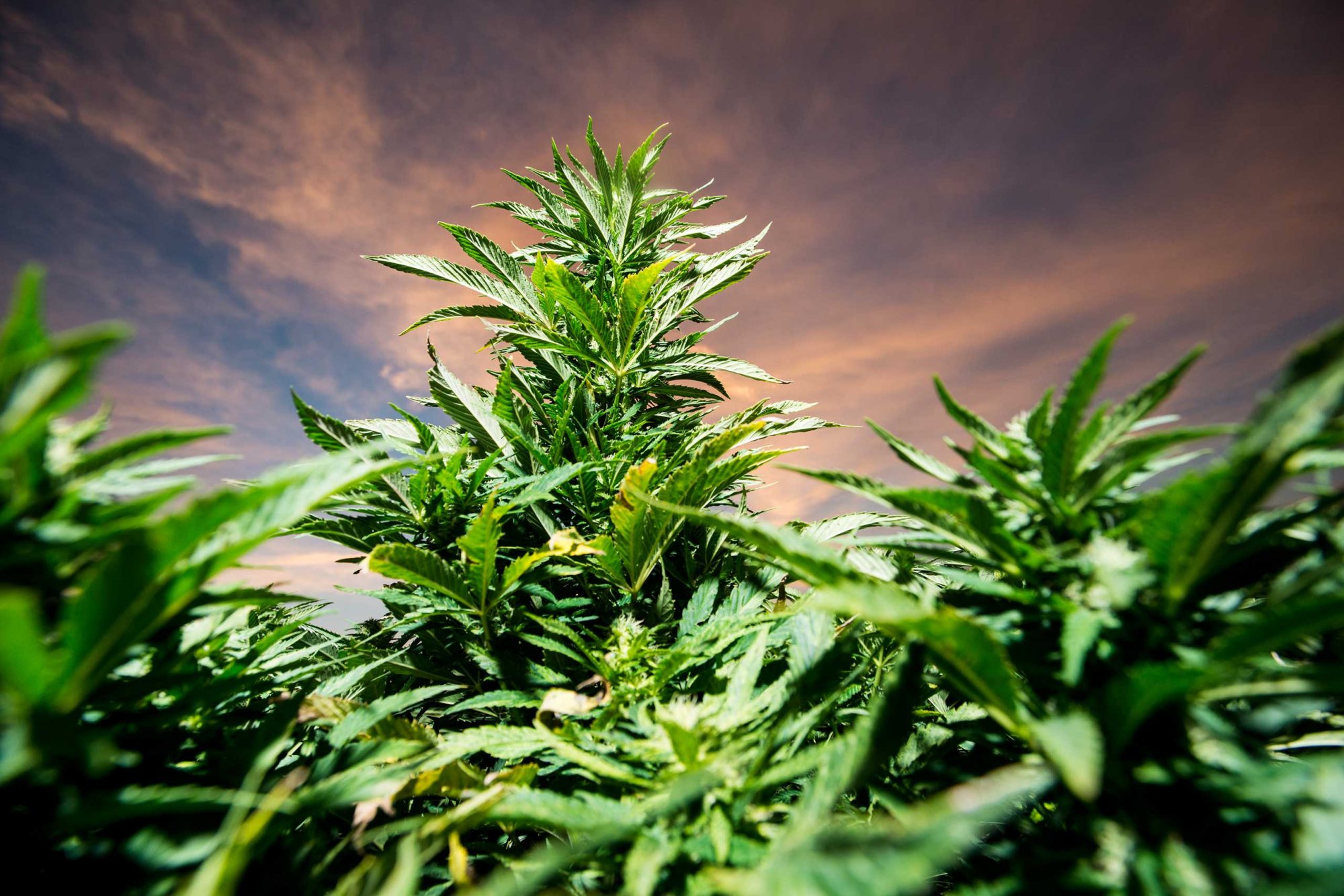
Hemp fibers are naturally stiff and ropy, but Levi’s has discovered a way to make it feel like cotton.
- Denim icon Levi Strauss & Co. debuted garments made from a soft hemp-cotton blend in March, and head of innovation Paul Dillinger said he expects 100% cottonized-hemp products in about five years.
- Hemp uses significantly less water and chemicals than cotton during cultivation. Levi’s has found a way to soften hemp using far less water than was previously used.
- Dillinger said the long-term goal is to incorporate sustainable cotton blends by using fibers such as hemp into all of its products.
With the legalization of hemp in the United States last December, the industry has been exploding: Reports and Data estimates it’ll be worth $13.03 billion by 2026. While you’ve probably noticed hemp-derived CBD products everywhere, hemp also has major implications for sustainable clothing — and denim icon Levi Strauss & Co. has made significant progress in making this happen.
In March, Levi’s debuted a collaboration with the Outerknown label that includes a pair of jeans and jacket made from a 69%-cotton/31%-hemp blend that feels like pure cotton. Why’s that significant? Hemp, a cannabis plant with a negligible amount of the psychoactive chemical THC, uses significantly less water and chemicals than cotton. Unlike cotton, though, the material is difficult to work with. The cotton fibers in your shirt are derived from a puffy bud on top of a plant, while hemp fibers come from a tall, sturdy trunk.
“It’s a longer, stiffer, coarser fiber,” Levi’s head of global product innovation, Paul Dillinger, told Business Insider. “It doesn’t want to be turned into something soft. It wants to be turned into rope.” Levi’s has found a way to make hemp fibers soft and able to blend with cotton, but in a way that uses significantly less water than the process used to turn hemp plants into a rough material. “It’s great that it’s resonating with the consumer, but it’s more important that it’s helping to future-proof our supply chain,” he said.
Dillinger explained that this is a significant research project that will continue for years, rather than a project that only results in a couple of high-end, niche products. “Our intention is to take this to the core of the line, to blend it into the line, to make this a part of the Levi’s portfolio,” he said.
Dillinger said Levi’s is continuing to work on improving the quality of its cottonized-hemp, to the point where it can be nearly half of a cotton-blend for most apparel, as well as fully hemp for certain products. And in five years, he said, he expects “a 100% cottonized-hemp garment that is all hemp and feels all cotton.”
Dillinger said that the need for cotton alternatives became apparent when looking at the growth trajectory of cotton demand compared to access to fresh water required for its cultivation and processing. Since he was familiar with the nature of hemp, he did not expect to find a solution there… until Levi’s discovered cutting-edge research in Europe, where industrial hemp was already legal in many countries. Levi’s would not reveal its partners or details of its breakthroughs, except to say that it had a market-ready material after three years.
When Levi’s finds a way to make 100% cottonized-hemp clothing, “We’re going to go from a garment that goes from 3,781 L of fresh water, 2,655 of that in just the fiber cultivation,” Dillinger said, drawing from data collected by the Stockholm Environmental Institute. “We take out more than 2/3 of the total water impact to the garment. That’s saving a lot.”
Despite his optimism, Dillinger was quick to point out that he doesn’t want hype around the hemp industry to make it seem like Levi’s and its competitors are going to fully replace cotton or revolutionize the industry overnight. To do it properly, there remains many years of research and development. Plus, it’s likely hemp will be just one of several natural cotton alternatives.
The idea is that hemp clothing, whether in a cotton blend or by itself, isn’t going to be a fad. Dillinger said that while he can’t speak for the company on this point, he personally isn’t too concerned about the marketing of cottonized-hemp clothing, because the ideal down the line is that customers won’t even notice a difference.
“So often there’s the assumption that to purchase a sustainably-made product is going to involve a sacrifice, and that the choice is between something ethically made or something that’s cute,” he said. “You don’t have to sacrifice to buy sustainably.”
